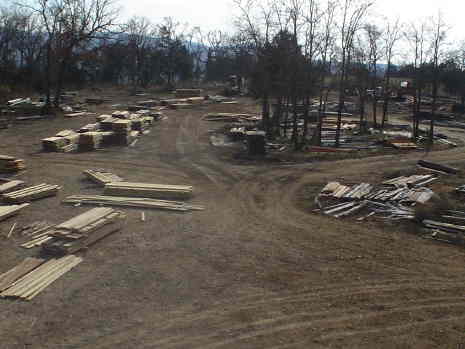Question
I know most of you guys are large operations, but perhaps you can give me some advise. I have a small manual band saw mill, and a homemade DH kiln. Iím cutting wood on my property and want to get some use from it. Now that I am converting logs to rough boards, I need to stack and sticker them for air drying. I have an 8x12 covered platform to put them, but I am having some challenge with stacking efficiently. The problem is that the logs arrive in different lengths, and I cannot figure out how to stack the boards well with good support.
I may mill a couple nine foot logs, then a few six foot logs, then another nine foot, then some six, some shorts, etc. I cannot figure out how to stack so I can add longer boards on top of shorter boards and still support the ends. I don't want to un-stack the shorter boards to add longer boards underneath. Maybe I should start a collection of assorted "short boards" (2-3 ft) to fill out the shorter ones to match the longer lengths? What is the best approach?
Forum Responses
(Sawing and Drying Forum)
From Gene Wengert, forum technical advisor:
We put the longer pieces on the outside edges (which means you may have to save a few of them for a future layer when you see that a few 6' logs are coming). Then the shorter pieces are staggered within the pile, end to end. Because you have both odd and even lengths, you need to have a sticker at every foot to make sure that the ends are supported. If you want to be a bit more efficient, then organize the logs by length for a particular species or day and do the longer ones first (bottom of the stack).

Rule 1. Always start with the most valuable lumber on the bottom and work up with lesser value as the stack is built.
Rule 2. No two board ends will meet anywhere within the stack. Full length boards only. If you don't like to dry vertically (I've never had a problem by not flipping them) then just build stacks of shorts. But whatever ends up working for you is what is best. I'm sure some have mixed stacks for years with success but I just never did like it.